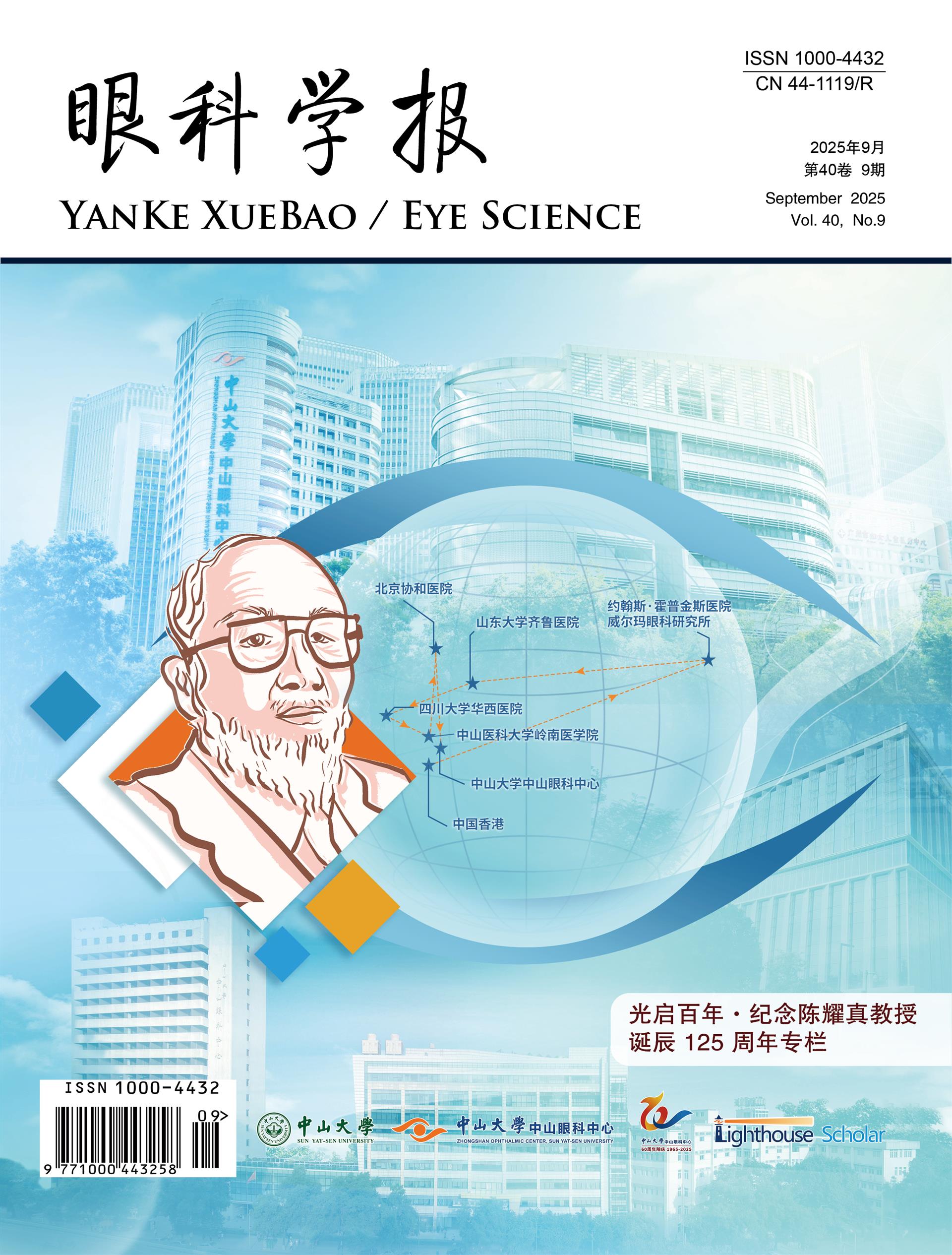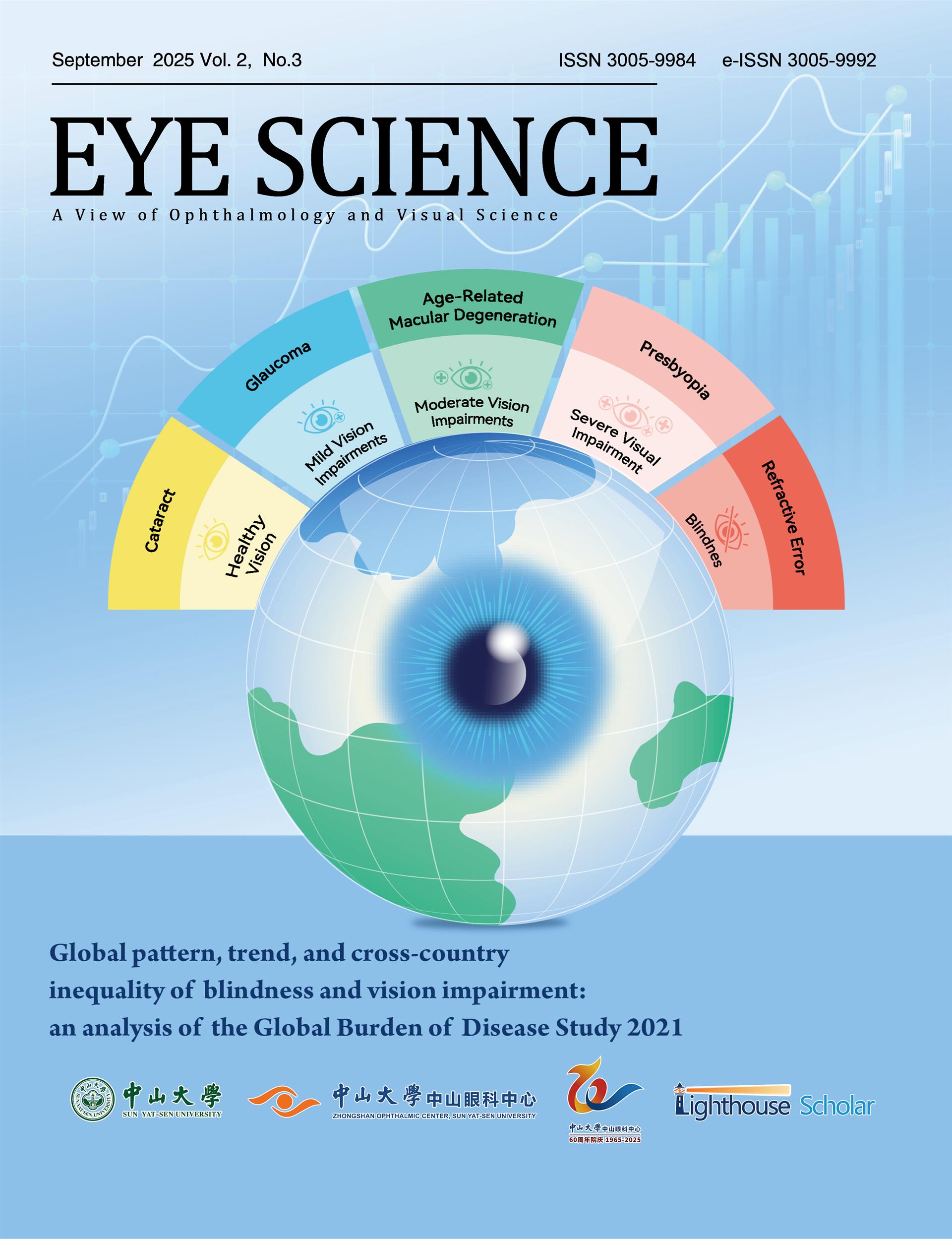Autoimmune uveitis is one of the most common inflammatory eye diseases leading to blindness globally. Its etiology is primarily associated with autoimmune responses. Patients with this condition often exhibit complex and chronic disease courses, with a high propensity for recurrence. Current treatments mainly involve corticosteroids and immunosuppressive agents, which, despite their effectiveness, entail significant side effects that severely impact patients' vision and quality of life. There are still unresolved questions regarding the etiology and immunopathogenesis of autoimmune uveitis, and traditional high-throughput sequencing techniques fall short of adequately elucidatingits pathogenic mechanisms at the cellular level. With the continuous advancement of single-cell sequencing technology, an increasing number of studies are leveraging this approach to deeply investigate the pathogenesis of autoimmune uveitis, thereby offering new insights for identifying novel diagnostic and therapeutic targets. This paper reviews the latest applications of single-cell sequencing technology in exploring the pathogenesis of autoimmune uveitis. Through the utilization of this technology, researchers can gain a more comprehensive understanding of cellular-level changes in patients, providing robust support for the search for new therapeutic avenues. These studies offer new directions for the diagnosis and treatment of autoimmune uveitis and provide valuable information for the development of future therapeutic strategies and approaches.

















